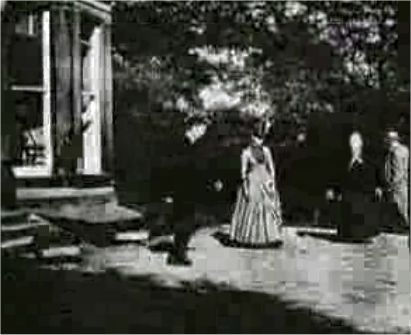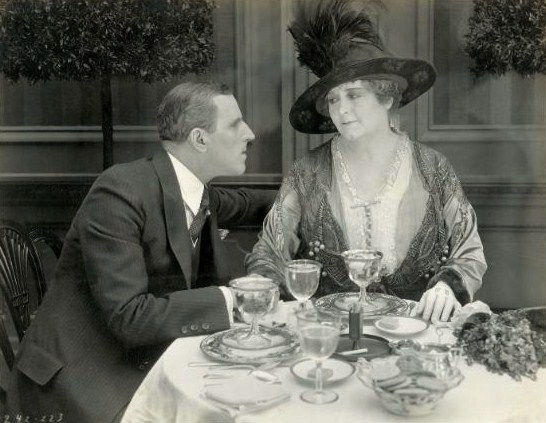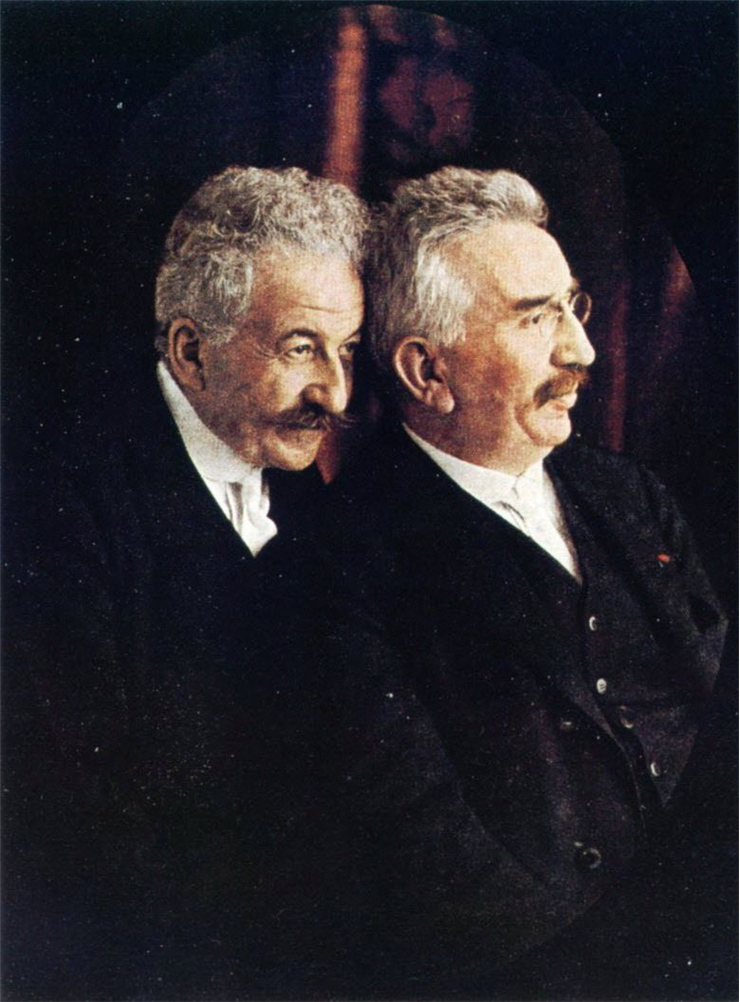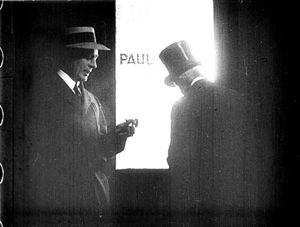Movie Eras - History of Cinema and the First Film
From the moment first experimental movies started to appear out of the laboratories of film inventors from all around the world and organized production of movies began, film creators strived to expand their knowledge about the medium, explore new ways of storytelling, and showcase audiences the wonders of the moving silver screen. With over 100 years of experience, the film industry reinvented itself countless times, changing its fashion (sub-genre booms that came and went away) seemingly almost every decade of its history. Here are the most important film eras from its inception to today.
1895 to 1910 - The Pioneer Era
With zero experience and incredibly simple gear for recording and reproducing film, filmmakers started testing this new storytelling medium by creating film reels focused on recording news, documentaries, and stage plays. The first purposeful film narration began appearing in the early 1900s with the release of George Melies's "A Trip to the Moon" in 1905. These 5-minute-long short stories became very popular, and soon filmmakers started to emulate Melies and his “trick” filmography.
1911 to 1926 - The Silent Era
With American filmmakers starting their organized production, silent movies became very popular in both US and Europe. The film started being longer and slightly edited, also used minimal sound effects and music tracks (no dialogue yet) and emphasis on professional-made narrative drama, romances, and comedies. The phenomenal Charlie Chaplin was one of the largest stars from this period of the film industry.
1927 to 1940 - Talkies and the rise of the Hollywood studios
1927 was the year Hollywood reinvented itself with the release of Warner Bros bold experimentation with “The Jazz Singer,” the first feature-length sound movie created and promoted in the US. This great change enabled theaters to grow, new movie genres to be made (horror and monster movies), bigger stars to appear on the silver screen, and expensive productions to enable the creation of movies that challenged the impossible. Five big Hollywood studios reigned supreme, with Europe and India creating large markets filled with talented filmmakers. However, the arrival of WW2 changed everything.
1941 to 1954 - Golden Era of Film and restructuring of Hollywood
As the Great Depression of the 1930s enabled the arrival of new audiences and new filmmakers, Word War 2 brought new kinds of movies. With better production values and available film technology, audiences enjoyed comedies, slapstick, and gangster films, with even few science fiction offerings. Stars like Abbott and Costello, Humphrey Bogart, Audrey Hepburn, Fred Astaire, and others, Hollywood truly became a worldwide phenomenon and trendsetter. During this period, Indian cinema changed significantly and became even more popular and innovative.
1955 to 1976 – Changes
The spreading of television and its organized production capabilities gave audiences more choices, forcing cinemas to fight against TV with film productions that outclassed anything that could be seen on the home screen. Movies in cinemas became more mature, avant-garde foreign films started appearing in US cinemas, and distribution rights were in flux. The film industry was elevated to a new level with innovations from the directors such as Hitchcock, Curtis, Munroe, Bardot, and Taylor. Toward the end of this era, Hollywood explored mature themes that formed the MPAA association.
1977 to late 1990s – Dawn of the modern film industry and appearance of Blockbusters
Rapid advances in film production techniques and the early age of computer-generated special effects revolutionized Hollywood, which can best be seen with the 1977 release of Star Wars. This first true Blockbuster showed Hollywood how to create true worldwide media events that could earn tremendous money. Movie storylines and plot complexity take a hit, but these movies remain entertaining.
New millennium – Modern film industry
Today, films are created worldwide, with the major business centers being the United States, India, Hong Kong, Canada, France, the UK, Italy, and Germany. In 2012, the worldwide theatre box office collected 34.7 billion dollars, with the United States making the biggest share – 10.8 billion.



